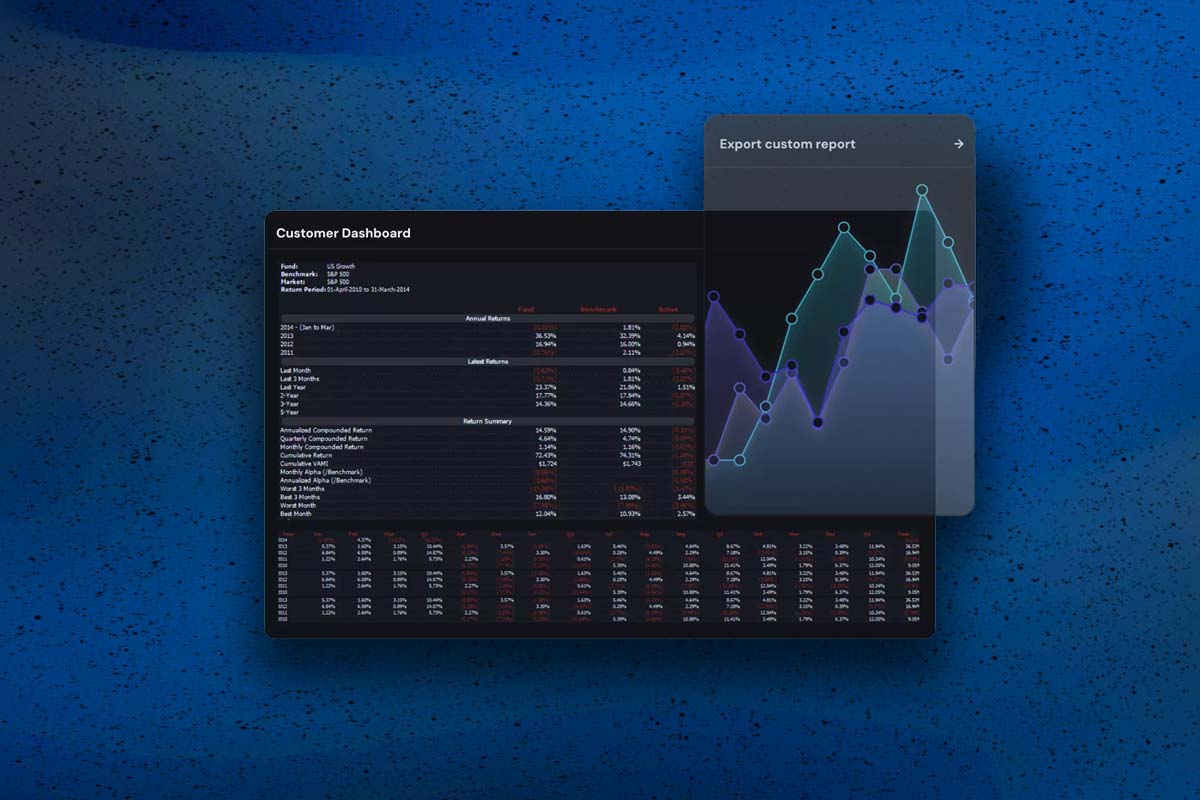A bi-weekly challenge from Andre Mirabelli & Opturo
How should a performance modeler address the following? What criteria should be used to decide between different methods of iteration, including the seeding procedure, for the calculation of IRR? This is especially relevant if it turns out that different iteration procedures give significantly different resulting IRR values a non-negligible portion of the time. For example, would it be better for an iteration procedure to provide an IRR that tends to create results that come close to the modified Dietz return for a portfolio over a period, or for it to provide an IRR that tends to create results that are smaller in absolute magnitude? For instance, if the modified Dietz return for the period is 8%, is an iteration procedure that gives an IRR result of 12% better or worse that an iteration procedure that gives an IRR return of 3%? The 12% is closer, arithmetically, to 8% than is 3%, but the 3% has a smaller absolute value than does 8%. This is also true for the geometric measure of difference since the absolute value of the geometric difference between 8% and 12%, [abs(1.08/1.12)-1 = 3.6%], is smaller than the absolute value of the geometric difference between 3% and 12%, [abs(1.03/1.12)-1 = 8.0%], but the absolute value of the geometric difference between 8% and 0%, [abs(1.08/1.00)-1 = 8.0%], is larger than the absolute value of the geometric difference between 3% and 0%, [abs(1.03/1.00)-1 = 3.0%]. When the modified Dietz result is 8%, which is the better iteration procedure, one that produces 12% or one that produces 3%? And is this the correct way to decide between iteration procedures?


